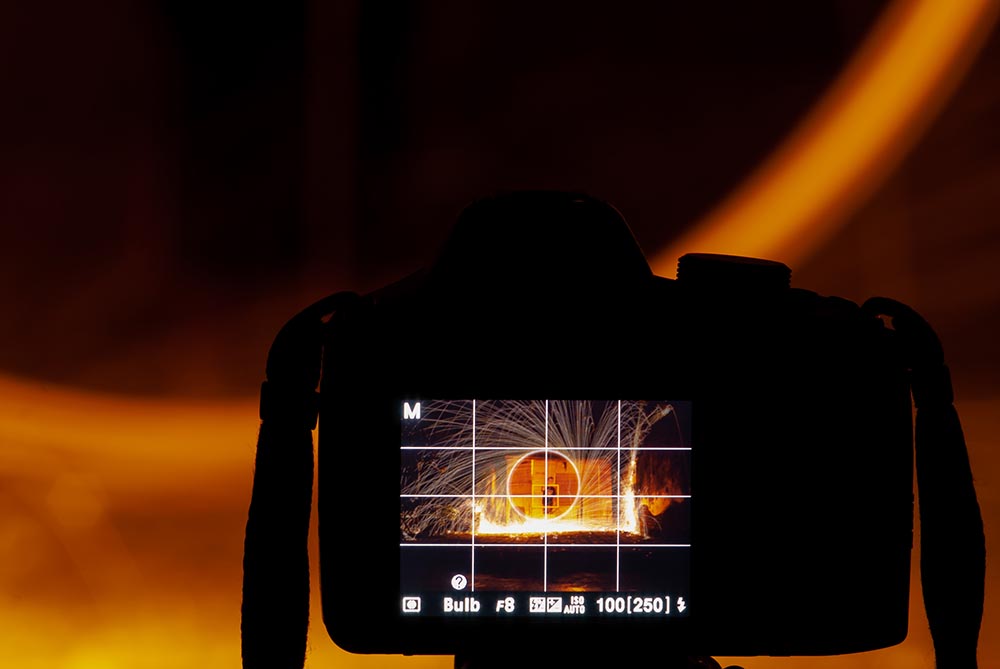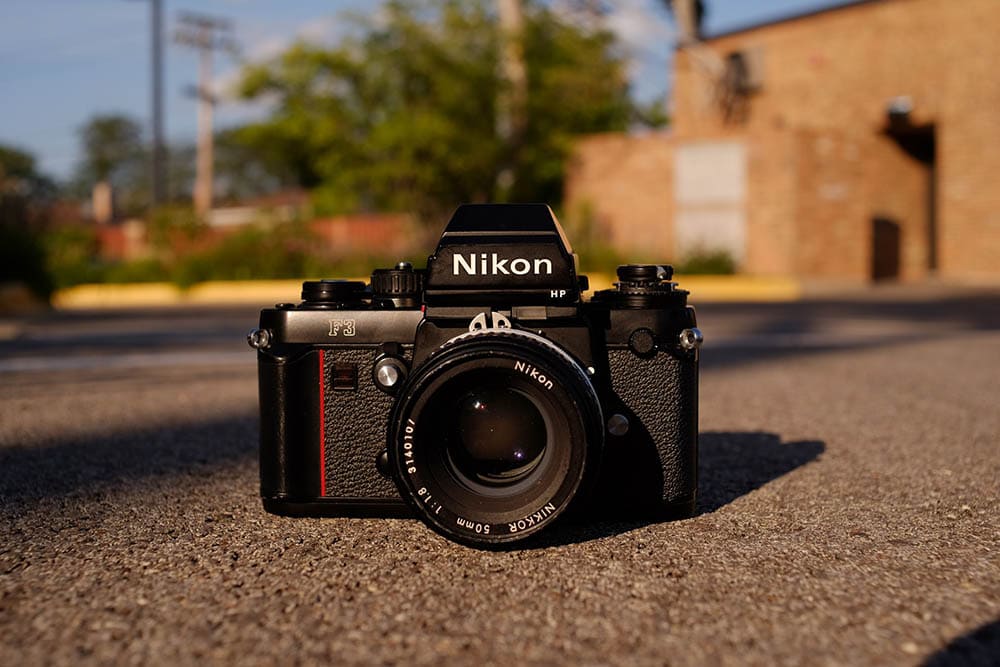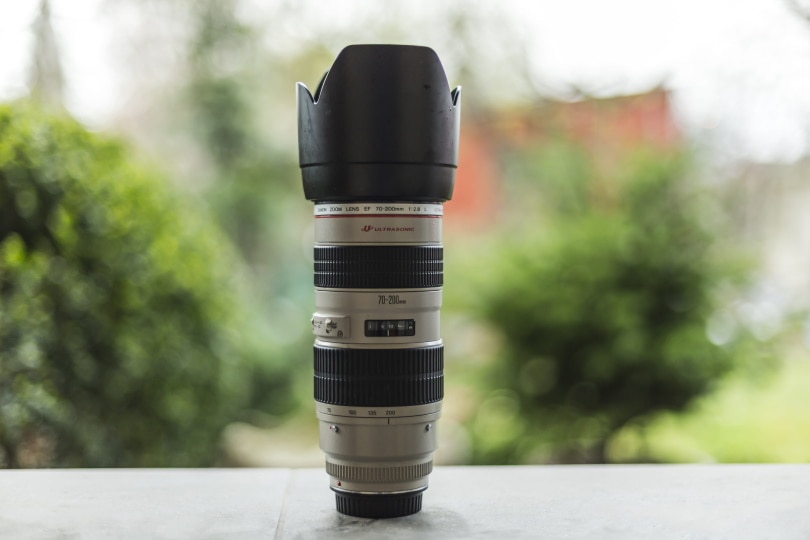What Is the Best Focal Length for Video?
Last Updated on

Understanding the concept of focal length is essential to appreciate photography and how your camera operates. Moreover, becoming intimately familiar with your camera’s operating principles is vital for taking impressive photos and videos. Capturing the perfect shot or video clip depends on your camera’s focal length, which indicates how much of the scene your lens can capture. It is also a matter of artistic vision since certain focal lengths can enhance or hide desired elements from a scene.
The technical definition of focal length, measured in millimeters, is the distance between your lens’s point of convergence and the light sensor responsible for recording the image. Smaller focal lengths allow your camera to see more of the scene but force you to compromise on depth of field.
Larger focal lengths, on the other hand, provide more clarity at the cost of a narrower view. Choosing the right focal length for a video is a delicate balancing act of magnification and field of view, so there is no “best” option since it is an entirely subjective matter. However, some emphasis is still placed on choosing an optimal focal length as this value is fixed on most lenses. Camera lenses can be costly, so it is likely that you’ll only have a single lens or a small handful of them at your disposal.
To help you choose the best focal length for your video, let’s go over some of the most common lenses to understand their applications and see how they stack up against each other.
Standard Wide-Angle Lenses (24 mm to 35 mm)
Wide-angle lenses exaggerate the perspective of your scene by distorting the sense of space. They also make it seem as if subjects are farther away from each other by increasing the scene’s depth. Moreover, this distortion affects the apparent size of objects, making small objects seem tinier and large objects appear bigger.
Wide-angle lenses are commonly used by YouTubers, vloggers, and real estate photographers because they make small, cramped spaces appear larger. They also allow you to see more of the scene at once, pulling in interesting details that better tell the story of the space. They’re also great for capturing intricate architecture and pulling in all the details of a sprawling cityscape.
This lens type also comes in the “ultrawide” or “fisheye” format, which has a much shorter focal length and significantly distorts the image. These lenses can capture a 180-degree field of view, making objects seem as if they’re in a fishbowl. However, these lenses aren’t widely used and can are most often seen in artistic or experimental applications.

Standard Focal Length Lenses (35 mm to 70 mm)
The versatile standard lens is the most important tool to keep in your camera bag. Generally, these lenses come in focal lengths between 35 and 70 mm and are suitable for all sorts of applications. They are famous for rendering images the way human eyes would see them, making them popular for video interviews, commercials, testimonials, and documentaries. 35 mm¹ lenses still feel natural while pulling more of the background into the frame, while 50 mm lenses are the closest to human eyesight, providing an unbiased and natural view. However, these lenses may limit your creative control and the amount of depth you can pull in.

Telephoto Lenses (70 mm to 300+ mm)
Telephoto lenses are the last major lens type commonly used by cinematographers. They come in a range of focal lengths, with medium telephoto lenses ranging between 70 and 200mm and super-telephoto lenses exceeding 300 mm. In almost all cases, telephoto lenses have focal lengths bigger than the physical size of the lens.
Wildlife videographers commonly use these lenses because they are excellent for isolating distant subjects from the background and can capture clear shots of potentially dangerous subjects from a distance. However, telephoto lenses are notoriously large, making them difficult to stabilize without a tripod. They also make tracking moving objects difficult, with the slightest shake clearly coming across on film.

Summing Up
The main takeaway from this article is that your choice of focal length influences how your scene comes across on video. Choosing the “right” focal length is a matter of personal taste and aids in telling a story by provoking certain reactions in your audience. For example, a short focal length used in a car chase scene can exaggerate the scene, giving the illusion of breakneck speeds and keeping your audience engaged and on the edge of their seats.
On the other hand, a long focal length captures videos with unparalleled clarity, magnifying your subject for a flattering and emotionally impactful scene. The focal length you choose impacts how your audience experiences a scene and can be a great artistic tool. If you have the opportunity to experiment with a variety of lenses and focal lengths, go into it with a healthy dose of creativity and see how you can elevate your videos with different perspectives.
See also:
Featured Image Credit: Dolan Mbengi, Shutterstock
About the Author Robert Sparks
Robert’s obsession with all things optical started early in life, when his optician father would bring home prototypes for Robert to play with. Nowadays, Robert is dedicated to helping others find the right optics for their needs. His hobbies include astronomy, astrophysics, and model building. Originally from Newark, NJ, he resides in Santa Fe, New Mexico, where the nighttime skies are filled with glittering stars.
Related Articles:
What Is the Best Binocular Magnification for Hunting? Optical Features Explained
How to Clean a Refractor Telescope: Step-by-Step Guide
How to Clean a Telescope Eyepiece: Step-by-Step Guide
How to Clean a Rifle Scope: 8 Expert Tips
Monocular vs Telescope: Differences Explained (With Pictures)
What Is a Monocular Used For? 8 Common Functions
How to Clean a Telescope Mirror: 8 Expert Tips
Brightfield vs Phase Contrast Microscopy: The Differences Explained
